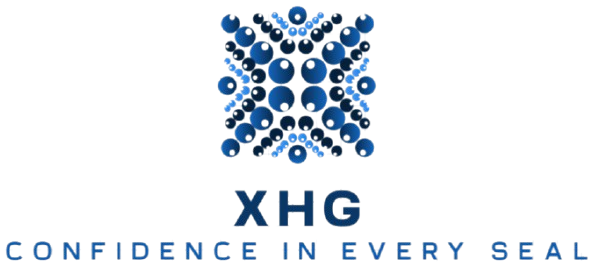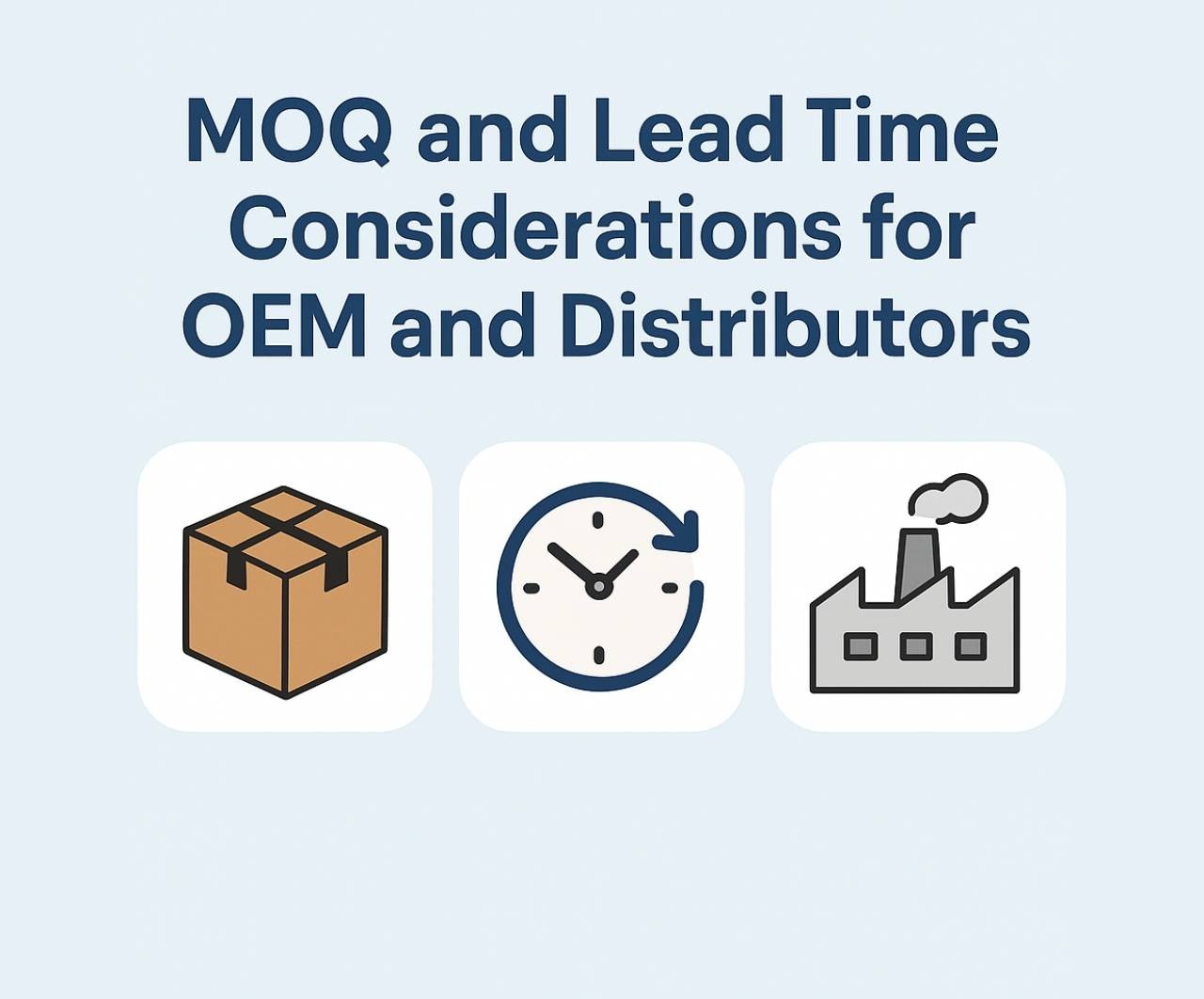In the competitive landscape of supply chain and component sourcing, choosing the right partners can make or break your production timelines. For OEMs and distributors, working with a reliable rubber gasket manufacturer, trustworthy seal manufacturers, and efficient rubber seal manufacturers is critical. These suppliers play a foundational role in ensuring your operations run smoothly, your lead times are met, and your customers remain satisfied.
Whether you’re ramping up a new product line or restocking an essential part, understanding minimum order quantities (MOQ) and lead time variables is essential for managing costs, timelines, and long-term partnerships. This guide explores how OEMs and distributors can navigate MOQ and lead time expectations effectively, especially when working with high-demand suppliers in the sealing and gasketing industry. Know more..
Why MOQ Matters for Both Sides
MOQ refers to the minimum quantity of a product a supplier is willing to produce or sell in one order. For a rubber gasket manufacturer or rubber seal manufacturer, MOQ helps ensure production runs are cost-efficient, tooling is justified, and material waste is minimized.
From a buyer’s perspective, understanding and negotiating MOQs is key to:
- Avoiding overstock
- Reducing capital tied in inventory
- Streamlining cash flow
For example, an industrial OEM may only need 5,000 units of a specific rubber oil seal per quarter, but if the seal manufacturers impose a MOQ of 20,000, it could strain storage and finance.
Factors That Influence MOQ
When you partner with a rubber gasket manufacturer or rubber seal manufacturers, several key factors influence their MOQ policies:
- Raw Material Procurement: Larger batches reduce per-unit cost for rubber and elastomers.
- Tooling and Mold Investment: New products require upfront investment in tooling.
- Machine Setup Time: Short runs increase downtime between different product types.
- Product Complexity: Custom compounds or multi-layer seals typically require higher MOQs.
Open dialogue with your supplier about these challenges can often lead to flexible solutions, especially when backed by forecast orders.
Lead Time Basics: What to Expect
Lead time is the duration between placing an order and receiving the goods. In the world of seal manufacturers and rubber seal manufacturers, lead times typically range from:
- 2–4 weeks for off-the-shelf or catalog items
- 6–10 weeks for custom-molded or high-volume items
- 10+ weeks if specialty materials or third-party testing is required
For OEMs in sectors like automotive, aerospace, or food processing, even a delay of two weeks can disrupt downstream production.
Top Challenges Around MOQ and Lead Time
1. Mismatch Between Sales Forecast and MOQ
A new product may have uncertain demand, making it risky to order large quantities upfront.
2. Long Lead Times Create Buffer Inventory Problems
Distributors often end up holding excess stock just to offset unpredictable lead times.
3. Supply Chain Volatility
Global shortages or transportation delays (as seen during pandemics) stretch lead times.
4. Tooling Delays
First-time orders requiring molds or dies from rubber seal manufacturers can be delayed due to capacity issues.
MOQ Strategies That Work
1. Consolidated Orders Across SKUs
If a supplier sets a MOQ of 10,000 units per SKU, try to negotiate a total MOQ across several part numbers.
2. Blanket Orders with Scheduled Releases
Commit to a full MOQ but schedule smaller deliveries over months. This works well with any established rubber gasket manufacturer.
3. Co-Development Incentives
If you’re developing a custom part, some seal manufacturers will reduce MOQ if you share testing or material costs.
4. Third-Party Warehousing
Utilize vendor-managed inventory programs where goods are stored near your facility and billed upon withdrawal.
Reducing Lead Times Without Compromising Quality
Some proven tactics include:
- Early Engineering Collaboration: Involving the rubber seal manufacturer during design helps avoid rework and approvals.
- Material Pre-Approval: Locking in rubber compound specs accelerates the production timeline.
- Tool Sharing Agreements: Some seal manufacturers allow customers to share dies for similar-sized parts.
- Dual Sourcing: Use multiple qualified vendors for the same part to spread risk.
What to Ask Your Rubber Gasket Manufacturer or Seal Supplier
Before committing, ensure your supplier answers these key questions:
- What are your MOQ policies by product type?
- How does lead time change during peak seasons?
- Do you offer stock-and-release options?
- Can you accommodate forecast-based production?
- What’s your experience with our industry’s compliance standards?
Clear answers help you align your production calendar with the supplier’s manufacturing flow.
Case Study: HVAC Distributor Streamlines Gasket Procurement
An HVAC distributor supplying rubber flange gaskets to multiple OEMs faced a 12-week lead time from their rubber gasket manufacturer and was forced to overstock to meet customer demand.
Solution:
- Shifted to a blanket order system with monthly draws
- Partnered with a domestic seal manufacturer for emergency runs
- Negotiated MOQ across multiple gasket sizes
Results:
- Reduced inventory carrying cost by 30%
- Improved on-time delivery rate to 98%
- Gained early access to new material blends for high-temp applications
The Role of Technology
Today’s leading rubber seal manufacturers leverage ERP and MRP systems to:
- Provide real-time order tracking
- Send automated lead time alerts
- Integrate forecasts into production schedules
Buyers can also integrate with these systems for better demand planning, which strengthens relationships and minimizes lead time surprises.
Global vs. Local: What’s Best?
- Local Manufacturers offer quicker lead times and easier communication.
- Global Suppliers often have better pricing and wider raw material access but may require longer planning cycles.
Smart buyers use a hybrid model—sourcing standard parts locally and custom parts globally to balance risk and reward.
Final Thoughts: Seal the Relationship, Not Just the Deal
For OEMs and distributors, mastering MOQ and lead time negotiations can save money, reduce stress, and lead to long-term supplier relationships. Whether you’re dealing with a rubber gasket manufacturer, large-scale seal manufacturers, or specialized rubber seal manufacturers, transparency and proactive planning are key.
Don’t be afraid to ask the hard questions, push for flexible terms, or look for collaborative growth opportunities. When MOQ and lead time expectations are managed well, you not only secure reliable inventory—you strengthen your entire supply chain.


